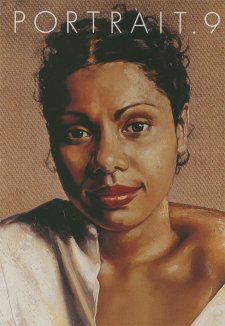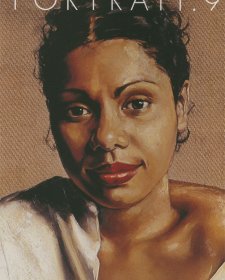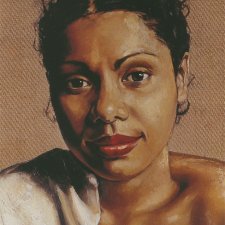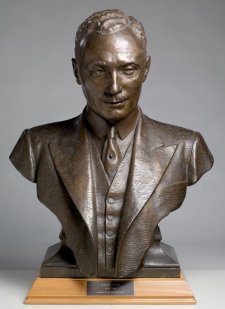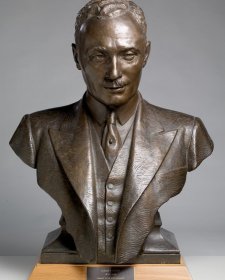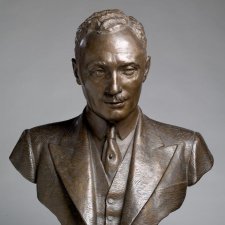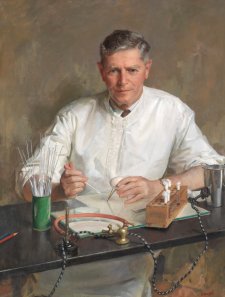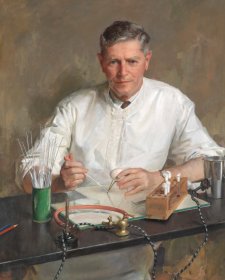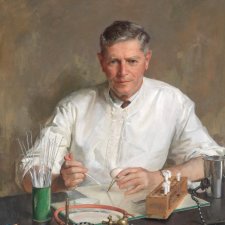Deborah Mailman has become increasingly popular since overcoming other prominent Australian actresses including Rachel Griffiths and Cate Blanchett to win an Australian Film Industry award in 1998 for her performance in the film Radiance.
She was the first Aboriginal woman to do so. Her career began when she graduated from Queensland University of Technology Academy of the Arts (BA Acting) in 1992. Although she is primarily known for her work in The Secret Life of Us, for which she won a Best Actress Logie Award in 2003, she has appeared in many other films and television shows such as Rabbit Proof Fence, PlaySchool and Message Stick. She has also appeared on the stage in numerous theatre productions, including her own one woman show The 7 Stages of Grieving, which she toured to the London International Festival of Theatre and the Zurich Arts Festival.
Recently Deborah Mailman was named NAIDOC's Person of the Year 2003, an award she considers to be one of the most important honours of her career. It signifies the important role she plays in the Indigenous community as a very public face of Aboriginal Australia.
Mailman's popularity continues into the space of the National Portrait Gallery where her portrait, by artist Evert Ploeg, is one of the most popular in the collection, appealing to audiences of all ages. Visitors who recognise her from her numerous performances comment on the strength of the likeness; those who are unfamiliar with her work comment on the representation of inner beauty, which seems to radiate from the portrait. Comments about the work centre around the sitter's comfortable and relaxed pose which presents her in an open manner, as a person who is approachable and content within herself, with an almost serene expression on her face.
The portrait was a finalist in the Archibald Prize in 1999 and was the winner of the People's Choice Award by the largest ever margin; it also won the ABC Radio 2BL Listeners' Award. Since graduating from Fashion and Design at East Sydney Technical College in 1984 artist Evert Ploeg has supplemented his art by pursuing work in commercial and fashion illustration. Born and raised in Australia, Ploeg says his Dutch heritage has played a fundamental role in his artistic development. His work attempts to fuse a classic figurative style with a fresh and contemporary spirit. His fascination with heavily impastoed textures and surfaces has become his signature.
The portrait is painted in oils, on a wool-bale canvas made of jute that was taken from the rafters of Ploeg's barn-like studio at Dee Why, where he lives and works. Referring to his unusual choice for the support of the work he states, 'I am constantly looking up at these old wool bales and thinking that one of these days I'd like to paint someone on them. I needed someone who was earthy, Australian, and my mind just naturally went to Deborah.'
In speaking about the portrait to the Sydney Morning Herald, Deborah Mailman said; 'I think it looks fantastic. I feel he has brought to light a deeper, more contemplative side of myself. I feel really happy and proud of what he's caught. ... What I really like about this painting is that it captures a sensuality which is really nice; normally you see me as the very vivacious, bubbly Deb Mailman, but this gives a deeper sense of who I am.'
The inclusion of Deborah Mailman in the National Portrait Gallery's collection illustrates the commitment of the Gallery to represent both contemporary Australians in addition to historical figures that have played a fundamental role in forming and contributing to Australian society. Subjects represented are from diverse fields, from scientists and sports people, to those associated with the arts.

